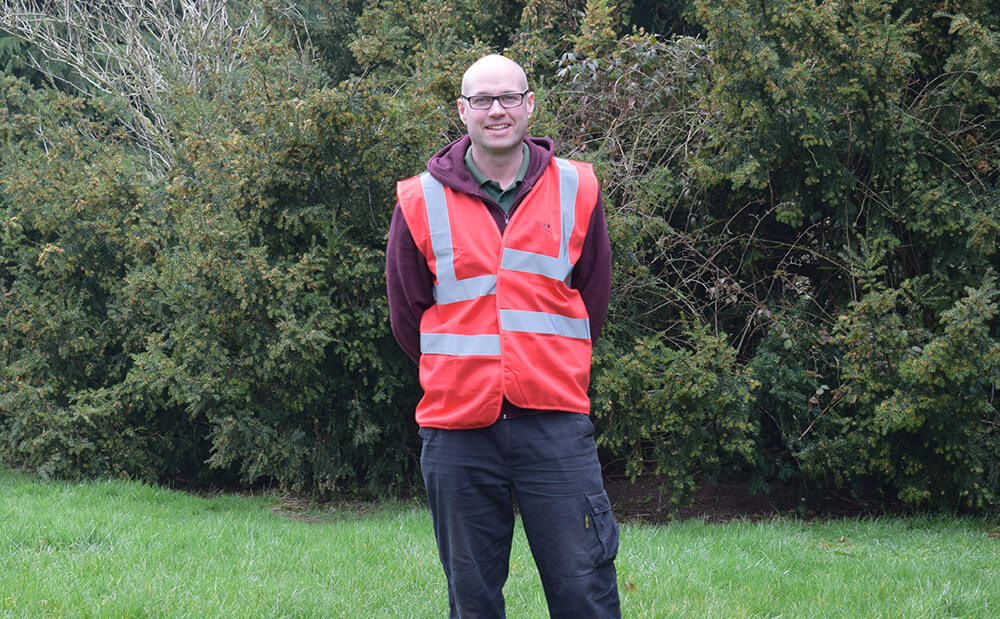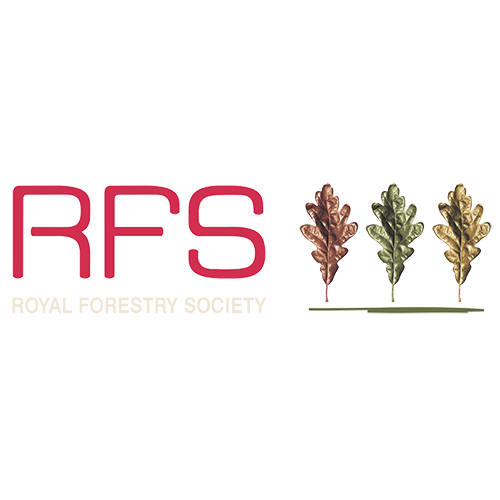Hornbeam: Carpinus Betulus
The hornbeam is extremely tough and keeps its leaves all year round, making it an attractive proposition for birds, insects and other animals. Hornbeam wood is very hard, in fact it is also known as “ironwood” and the Romans recognised its durability, using it to make their chariots. Nowadays, this timber is used for tool handles, coach wheels, parquet flooring and chess pieces!






















